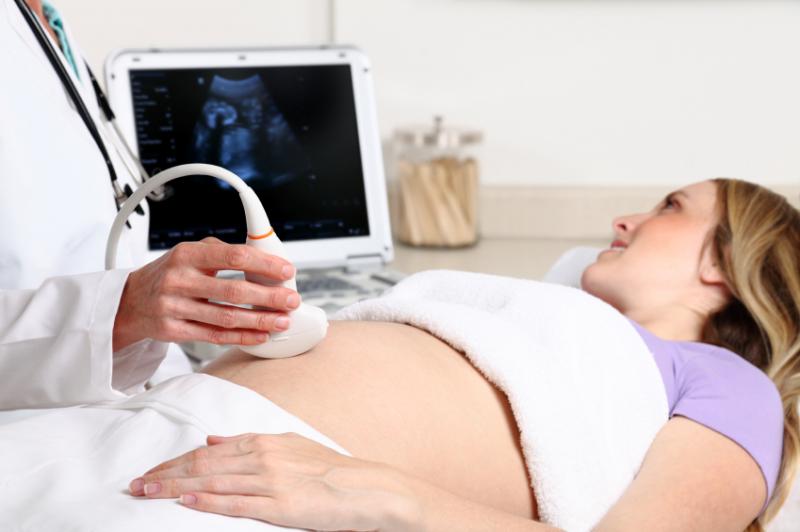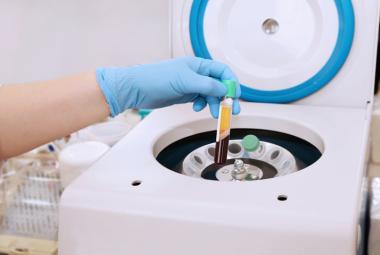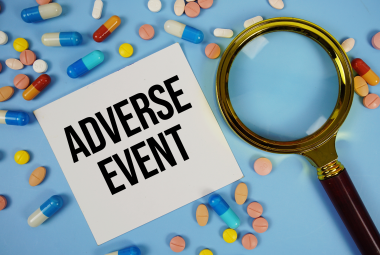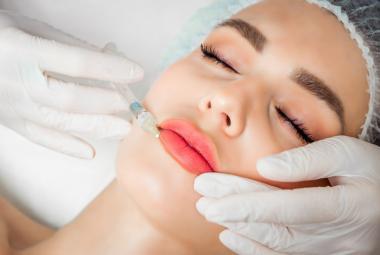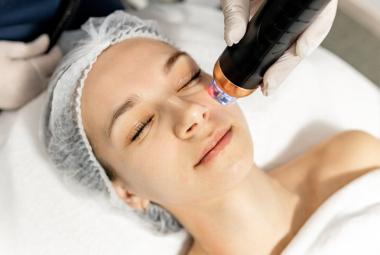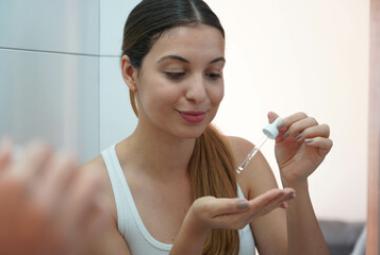Neonatal hypoglycemia (low blood sugar in a new baby) is a common problem in hospital nurseries. Some infants can have low blood sugar and show no symptoms, others become jittery and may feed poorly, and in severe cases, the infant may suffer brain damage or have developmental delay. Hospitals routinely screen babies that are at risk for hypoglycemia by testing for glucose levels in blood obtained from a heel stick. While a symptomatic baby with low glucose clearly needs treatment, there is some debate about what glucose level needs intervention if the baby appears well. 1In other words, how low does it have to go before we treat the baby based on just the number. Current therapy involves high-sugar formula feeds (which have been shown to produce cow’s milk allergies in babies prone to allergic reactions)2, IV dextrose infusions, and occasionally requires admission to a NICU. Since all of these things disrupt mother-child bonding and the establishment of breastfeeding, most cases require significant clinical experience to properly weigh the risks and benefits.
In children and adults, treatment of hypoglycemia is much less complicated. Anyone who finds their blood sugar running low can just have a snack. People prone to hypoglycemia often carry a small packet of glucose gel with them that they can eat in an emergency. If the gel is such an easy solution, why is it not used in babies? Several studies showed mixed results using a gel to raise babies’ blood sugar and suggested that giving external foods caused the babies to suckle less at the breast.3-5
However, a more recent study by Harris, et al, nicknamed the “Sugar Babies Study,” reexamined this question from the perspective of the babies’ hospital course rather than just the blood glucose numbers. They found that babies receiving glucose gel as the first-line attempt to correct their hypoglycemia required fewer IV dextrose treatments, fewer formula supplements, and were less likely to be admitted to the NICU for hypoglycemia.6
While this study alone is not enough to change medical practice, it should spark other, larger scale investigations. When all the data are in, it could turn out that ordinary glucose gel is a cheap, easy solution to a common and dangerous problem. It could also help us avoid introducing cow milk allergies in the infant.
-James Abbey, MD
-Thomas W. Hale, Ph.D.
References
- Tin W. Defining neonatal hypoglycaemia: a continuing debate. Seminars in Fetal and Neonatal Medicine. Feb 2014;19(1):27-32.
- Heine RG. Preventing atopy and allergic disease. Nestle Nutrition Institute Workshop Series. 2014;78:141-153.
- Ang I KHM, Berry A. New Treatment of Neonatal Hypoglycemia. Congress of the Federation of Asian and Oceania Perinatal Society. 1990.
- Bourchier D, Weston P, Heron P. Hypostop for neonatal hypoglycaemia. The New Zealand Medical Journal. Jan 22 1992;105(926):22.
- Tait. TC. Hypostop gel in the treatment of neonatal hypoglycaemia: a randomized controlled trial. Archives of Diseases in Childhood. 2000;82 (supp 1).
- Harris DL, Weston PJ, Signal M, Chase JG, Harding JE. Dextrose gel for neonatal hypoglycaemia (the Sugar Babies Study): a randomised, double-blind, placebo-controlled trial. Lancet. Dec 21 2013;382(9910):2077-2083.

